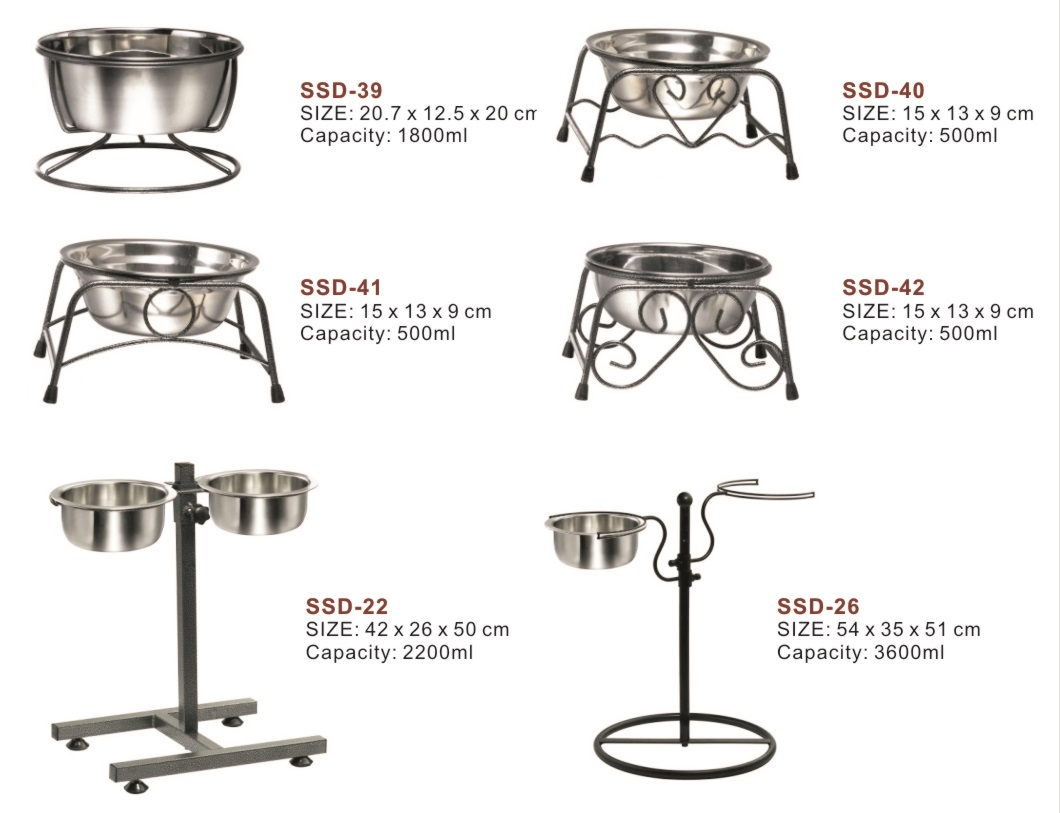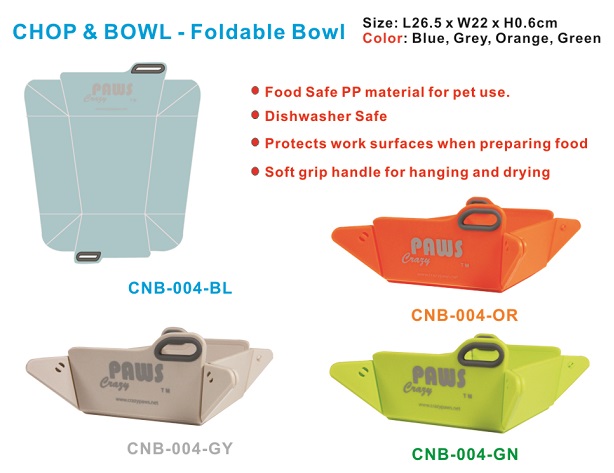However, electronic publishing poses a dilemma for publishers: because electronic data can be both enduring and unpredictable at the same time; it can be copied easily and accurately, countless times, and can be arbitrarily altered and transplanted. Especially from the perspective of the copyright owner, electronic data can be issued to a large number of audiences, either with or without authorization. This phenomenon of piracy has become commonplace in software and musical works, thus causing the original copyright owners to suffer major economic losses. In order to protect its copyright, some software companies adopt strict copyright protection measures, such as installing the software in the insurance electronic equipment, making it difficult for the users to obtain or copy, but these measures also make those software vendors lose a large market share.
From the perspective of Internet users, the emergence of the Internet not only facilitates people's communication and seeking information, but also brings confusion to the search for information. Online content is not only difficult to find, but can be found, but the object being sought no longer exists. At present, some search engines have a large number of such problems when searching literature. Part of the reason for this situation is due to the huge capacity of the Internet. According to statistics, there were about 76 million web pages on the Internet in 1996, which increased to 300 million web pages in the first half of 1999. And in the coming years, people are expected to increase 10 times. Therefore, controlling the content on the Internet is very difficult and absolutely necessary.
The structure of the DOI system For these reasons, the American Publishers Association (AAP) established the "Technical Implementation Committee" in 1994 to design a system that can protect intellectual property rights and realize the commercial interests of copyright holders. It was decided to first introduce an industry-standard e-publishing content identifier to support the mutual conversion of various systems between publishers and users, and to provide the basis for the coordinated management of copyright and usage rights. The system is based on the “processing system†developed by the National Research and Innovation Federation (CNRI) as a supporting technology to provide long-lasting and reliable identifiers for digitized publications. This system debuted at the Frankfurt Book Fair in 1997 and continued to be exhibited at the Frankfurt Book Fair in 1998, drawing the attention of the publishing community.
The full name of the DOI is DigitalObjectsIdentifer, which means a digitized object identifier. It is a set of strings consisting of numbers, letters, or other symbols. Including the prefix and the suffix, the middle is distinguished by a slash. The prefix is ​​specified by the identifier management agency and the suffix is ​​assigned by the publishing agency itself.
The prefix consists of two parts, separated by a dot. The first part has two characters that represent which name management authority the DOI is assigned to. Since there is only one identifier management mechanism at present, it is always 1, 0 and two digits. In the future, there may be more than one management organization, such as one country or one industry (such as publishing, photography, music, software, etc.). The second part of the prefix represents the publishing authority that is assigned to use the DOI prefix, or any copyright owner who wants to control the digitized object that is registered with the identifier management authority.
The suffix is ​​given by the publisher or copyright owner and is a unique set of characters used to represent a particular digitized object. Many publishers use existing identification symbols as suffixes, such as ISBN, ISSN, etc. Try two examples:
110·1000/1
210·1016/SO921877797000232
Example 1 is the homepage identifier of the DOI system on the Web. The prefix is ​​10.1000 and the suffix is ​​1.
Example 2 is the identifier of an article in a magazine of the Elsevier Science Society. The suffix used is the publisher's item identifier (PII).
Operating Principles of the DOI System The existing identifiers, such as ISBN and ISSN, are used in print publications and cannot provide all kinds of identification and trade requirements in the electronic environment. The DOI system is dedicated to identifying digital data. In brief, the principle is: when a digitized object is generated or before it is generated, it is pasted with a unique and persistent identifier to provide a label for the entire lifetime of the digitized object, and with the digitized object. The specific location has nothing to do.
A so-called digitized object is any machine-readable document that is addressable in a computer, including a computer program, digitized all documents, digitized audio, digital images or video, or other digitized material.
The ideal realm of DOI system operation is: DOI will be part of the data being described by the digitized object and always co-exist with the digitized object. A DOI record, together with information on the specific location of the digitized object, is sent to the DOI center server for registration and storage. This centrally stored data forms a data discrimination library. Use a database of special software to link, or resolve a DOI, to associate it with the location of its associated digitized object. When the user looks for a digitized object, or information about this object, the DOI query is sent to the DOI server. The server looks up the DOI record and the address of the object it is related to, links the two together, and The location (mostly a URL) is sent back to the user's browser. The browser then retrieves the two objects or information about the object itself and displays the result to the user. The process is as fast as finding URLs, but it increases the chance of retrieving digitized objects that frequently change URLs.
Management of the DOI system The current DOI system is managed by the non-profit international DOI Foundation and is regulated by a board of directors. The members of the board of directors are representatives of major publishers, including companies such as Microsoft, Elsevier, John Wiley & Son, and representatives of associations established to promote the interests of publishers, such as AAP, author licensing and copyright associations in the UK, and international science and technology. Medical Publishers Association. Each of these organizations provides 100,000 to 300,000 U.S. dollars in membership fees each year.
When the publisher registers the DOI prefix with the Foundation, it currently costs about US$1,000. A publisher can either register a prefix or register different prefixes for different subsidiaries.
When the DOI system was established, the Foundation hopes to manage and operate through good organization and strict rules. Therefore, at the beginning of the period, only some large or reputable publishers were allowed to participate in the distribution of DOI. And in the rules, various requirements for participating in this system were formulated to maintain the accuracy and validity of links with specialized URLs.
When a publisher transfers or sells its product's copyright, that is, the location of a digitized object has changed, the publisher should send this object change information to the DOI server, the server will be automatically updated, and the central server will Keep data intact.
DOI System Evaluation The DOI system provides publishers with a tool that can be used both for internal management of publications and for digital business. It provides the basis for the automated management of electronic publishing daily trading procedures such as document retrieval, bill exchange, and publication licensing.
In the rapidly changing electronic publishing world, the position of electronic documents changes frequently due to changes in the owner of information, and a technology needs to be provided to ensure that although the time and place of publication of the linked copyright owner has changed, its identifier has changed. Still maintain a kind of persistence. Therefore, the DOI system provides a way to identify the relevant information for the reader or user. Since DOI is applicable to all forms of knowledge content, it can link, search for various forms related to articles, books, classroom experiments, digital videos, audio data, electronic documents, and the like. The DOI system's ability to keep track of the current address of a document allows users to link from a publisher’s product, such as a bibliographic database or article citation, to another publisher’s abstract or full text of this digital object, especially It is especially useful for documents that are converted back and forth between servers, new versions of software, digital music compositions in different document formats, or scientific articles that have been modified or augmented.
However, although the DOI system has some advantages, it is not a perfect system from the perspective of the academic world. Its main problems are:
1. It failed to provide a stable, reliable, affordable standard system that everyone could use. The DOI system is very helpful for big publishers. They can support their commercial communication on the Internet and protect their intellectual copyright. However, the products produced by these publishers only make up part of all the information available on the Internet. In addition, prior to the introduction of the DOI system, their data was relatively stable and well controlled. This means that most of the members published on the Internet do not directly participate in the DOI system. Since the stability of URLs and the lack of persistence of publications on the Internet are among the biggest problems with other publishers, this indicates that the chaos of online publishing will still not be effectively controlled.
2. The DOI system provides a reliable way to persistently identify various publishers' online publishing objects, but if too many non-regular publishing organizations are allowed to join the DOI system, the system may not accumulate because of accumulation The identifier of the object caused the crash. But on the other hand, if non-regular publishers are not allowed to participate in the DOI system, they may be forced to establish a similar system with the same persistence and manage the systems themselves to ensure quality. But not all types of publishers can afford time and money to run a complex system like DOI that requires constant information updates. Most of the information on the Internet is provided by these agencies.
3. DOI has created a system for publishers that can protect publishers from abuse of digital data and suffer serious economic losses while continuing to benefit the use of public welfare agencies. However, DOI may hinder the public access to online publications, especially for commercial publications. Because readers of the DOI query, unless authorized to retrieve, most of the obtained may only be a list of various publications, rather than directly queried publications. If end-users find that DOIs are an obstacle to accessing academic information, they may be inclined to look for informal sources of documents, such as more and more preprinted documents that are currently appearing.
There are many Dog Bowls and drinkers available in our range. With a proper dog bowl and drinker, dogs can be trained to eat at a set place and time. Dogs need their water all the time, right size of drinker will keep your dogs in good shape.
We supply dog bowls in different materials such as plastic, melamine, ceramic, and stainless steel. They come in different sizes and shapes that will suit any sizes of dog in the world. Plastic dog bowls and drinkers are easy to maintain and colorful, so you can always choose your preferred color. Melamine dog bowls are heavier so they can stay well at the same spot. Ceramic dog bowls are heavy and classic. Stainless steel dog bowls with adjustable stand are perfect for larger size dogs, which can be adjusted so dogs don't have to bend too low for their food and water every day.

There are also different functional dog bowls that are designed for different purpose. Slow feed melamine bowls that will allow dogs to eat slowly due to the design of the bowl. Flexible silicone dog bowls are perfect for travelling or storage.
Anti-ant plastic bowls prevent ants from getting to dog foods with the smart design of drinking water surrounding the food bowl.

Foldable plastic bowls are new design that enables you to prepare raw or fresh dog foods that need chopping and can be easily turned into a dog bowl.

Our well-designed drinkers with different shapes and sizes from Taiwan are available for you to choose from.

ABOUT US
PERCELL PET is established in 1978 with offices located in Taipei, Taiwan and Guangdong, China. Currently, we partner with more than 49 distributors around the world and carries thousands of quality pet supplies for dogs, cats, birds, fresh and salt water fishes, reptiles and small animals such as rabbits and ferrets, etc from both Taiwan and China.
We supply popular and classic pet products around the world and also OEM products at your request. Such as Dog Products, Cat Products , Aquarium Supplies, and Bird Supplies.
- Flexible in Order Volume - orders can be done in LCL or full container, MOQ can be discussed accordingly.
- Communication - staff are fluent in written English with in time replies.
- Service - provide help and solutions to your sourcing in Taiwan and China.
Dog Bowls,Dog Drinkers,Dog Feeder Bowl,Pet Dog Drinker,Dog Water Bottle
PERCELL PET SYSTEM CO., LTD , http://www.percell-pet.com